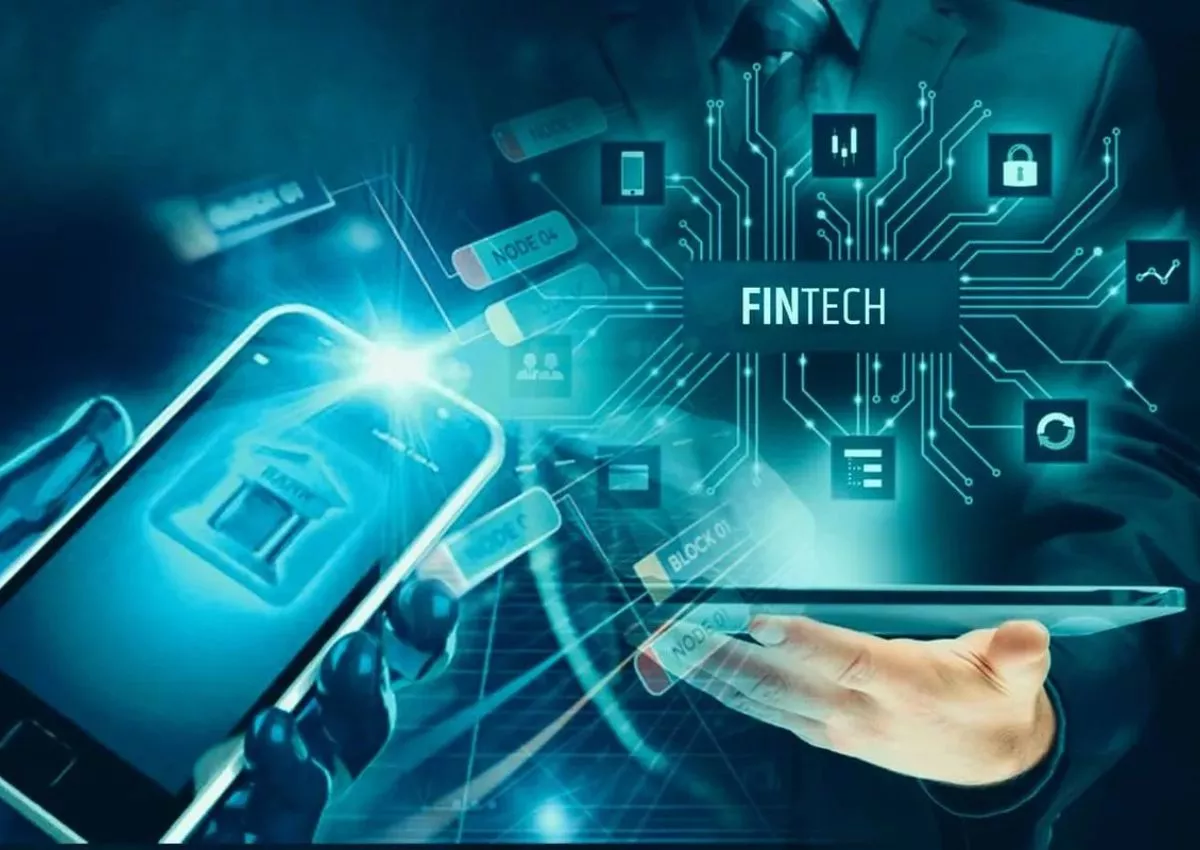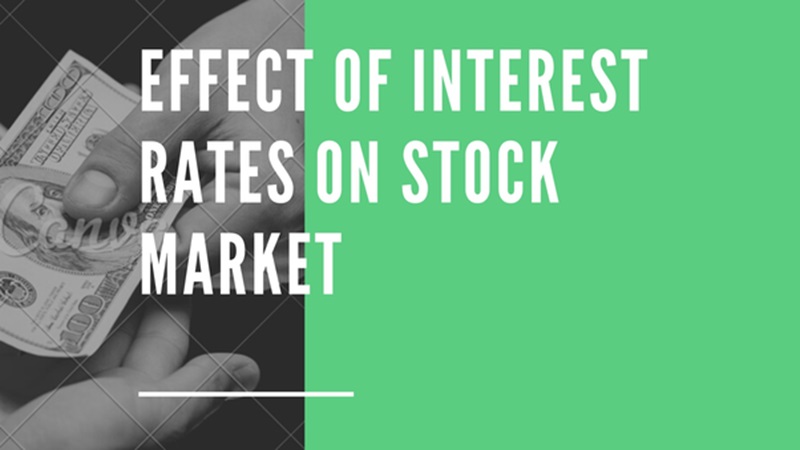The way we handle money is turning on its head, thanks to bold steps in Financial disintermediation and Fintech. Picture walking into a bank, the buzz, the lines, the paperwork—now imagine that fading away. What takes its place? Instant loans at a click, investment opportunities for anyone with a smartphone, and money zipping across the globe in seconds. This isn’t just a wild guess; it’s the new beat of banking, and you and I are dancing to it daily. Join me to forge a path through this fresh terrain, where big banks no longer hold all the cards and where your financial power grows every day. Let’s dive in and steer through the twists and turns of this buzzing financial revolution.
Understanding Financial Disintermediation and Its Drivers
Emergence of Peer-to-Peer Lending and Crowdfunding Platforms
Today, we’re seeing more people skip banks to borrow or invest money. They use online places, like peer-to-peer (P2P) lending and crowdfunding platforms, instead. With them, you can borrow money straight from others or fund someone’s project in exchange for future rewards. This change has shaken up traditional banking by cutting out middlemen.
P2P lending platforms connect borrowers with investors directly. They make getting a loan or investing in one easier. Rates can be better than at banks, drawing in folks who want good deals. Crowdfunding investment opportunities let ordinary people back exciting new projects. Startups and creators tell their story online to raise money from a crowd.
These platforms are not just popular; they also bring financial power to the people. They break down barriers that kept many from getting loans or investing. With simple online processes, they help money flow where it’s needed, fast.
The Growth of Blockchain Technology in Decentralized Finance
Blockchain is another big player changing how we handle money. This tech underpins the rise of decentralized finance (DeFi), where traditional banks are not in control. Instead, blockchain networks manage everything, growing trust through transparent ledger systems.
In DeFi, smart contracts on blockchain do what banks or lawyers once did. They automate agreements and make sure everyone sticks to them. This shift brings more security and less cost to financial services. For example, instead of waiting for bank approval, users engage directly with each other over secure networks.
Digital wallets are now more common as a result. They store cryptocurrencies that people use in blockchain-based finance. From buying a coffee with digital cash to sending money overseas without high fees, blockchain is making it happen.
Blockchain isn’t just for the tech-savvy. It’s becoming easier to use for everyone, sparking fintech innovation across the globe. Mobile payments growth is part of it. Now you can tap your phone to pay, no coins or physical cards needed.
This world of online financial services is growing every day. Digital banking adoption soars as people find it simpler and safer. As this trend continues, we must watch for and solve fintech security challenges. But for now, the benefits—like sending money to a friend in seconds—are too big to ignore.
Fintech and financial planning go hand in hand in this new landscape. Fintech apps make it easy to budget, invest, and earn interest. Even insurance gets a fintech revamp, with algorithms suggesting the best plans for you.
So, what’s driving all this? People want easy and quick ways to manage money. They also want to engage with brands they trust and that offer value. Fintech startups understand this. They use the latest tech to give users what they want, striking a blow to traditional banking as they go.
As we look to the future, digital banking and fintech are not just a trend; they’re the new normal in banking. And with this, we’re stepping into a world where financial control and opportunity are more in our hands than ever before.
The Rise of Fintech: Impact on Consumers and Banks
How Fintech Startups Are Shaping Customer Experiences
Imagine a world where banking is fast, easy, and fun. That’s what fintech startups do; they change how we handle money. They make apps that let us pay bills, save cash, and even invest, all from our phones. It’s like having a bank in your pocket! These companies use tech to give you services that are simple to use and help you take control of your cash.
You’ve heard of paying with your phone? Fintech makes that happen. Mobile payments are growing because they’re quick and secure. You tap your phone and—boom—you’ve paid! Digital wallets work the same. They hold your money so you can use it online or in stores with a tap. A lot of people love this because it’s so easy.
But it’s not just about paying. Fintech firms offer ways to borrow and lend money, like peer-to-peer lending platforms. They connect people who need money with those who want to invest. It’s like a matchmaker for money! And if someone wants to kick-start a project, they might use crowdfunding. This is when lots of people chip in small amounts to help.
Plus, fintech is making big moves with things called cryptocurrencies. This is digital money you can send all over the world, fast and without a lot of fees. It uses something called blockchain, which is super secure because it keeps records in a way no one can mess with.
Now, think about getting money advice. Fintech has robo-advisors for that. These are smart programs that help you make wise money choices. They can plan for your future too. And all this is making a big splash in how we deal with our cash every day.
Consequences for Traditional Banks Amid Fintech Innovation
So, what does all this mean for the big banks we all know? They’re feeling the heat. Fintech is shaking things up in a big way. Banks used to be the go-to for all things money. Now, they must up their game. They have to offer services that are just as cool and handy, or they risk losing out.
For example, online financial services are a must-have now. People want to bank when it’s best for them, not just when the bank is open. Banks are working hard to get digital because that’s where everyone is heading. But it’s not easy. They need to change their old ways and start thinking like a tech company.
But banks have something fintech doesn’t: trust built over years. They know a lot about keeping money safe too. If they use this well, they can keep their customers close, even as things go digital.
Fintech innovation is also pushing banks to think about how they can make their services better for everyone. This includes making sure folks who don’t have much money can use banking tools too. It’s all about financial inclusion. That means giving everyone a fair chance to use and benefit from these cool new tools.
The fintech world is really taking off, and it’s changing banking for all of us. For consumers, it’s bringing you power over your money. And for banks, it’s making them step up, big time. This is big, exciting, and it’s just the beginning.
Embracing the Digital Shift: Fintech Adoption and Regulation
Navigating the Landscape of Fintech Regulations
In the world of finance, things are changing fast. Have you heard of fintech? It’s all about using tech to make finance services better. This shift can be tricky. But don’t worry! I’m here to guide you through it.
There are new rules for fintech that we must follow. Why? To keep your money safe and to be fair to everyone. Just like there are rules in games, fintech rules make sure everything works right.
Think of them as traffic lights. They tell fintechs when to go and when to stop. This way, there’s less chance of a mess. And just like when we cross the street, these rules keep us safe. They protect our money, just like seat belts protect us in cars.
Let’s break it down to make it super easy to get. When you use an app to pay for stuff, that’s fintech. Cool, right? But what if something goes wrong? That’s where rules come in. They help fix problems and keep our money from getting lost.
When you hear “regulations,” remember they’re like a safety net. They’re there to catch us if we fall. And they help make sure that the people who make these apps play by the rules.
Strategies for Digital Banking Adoption and Financial Inclusion
Now, let’s talk about using digital banking. It’s your money, so using it should be easy, right? Here’s how we can make that happen.
Fintech is like a bridge. It connects people to better ways to use their money. Whether you’re buying a toy or saving for a bike, fintech helps you do it faster.
Say bye to waiting in long lines at the bank! Now, you can just tap on your phone. Neat, huh? But what about folks who aren’t used to these gadgets? We help teach them, so no one’s left out.
Banks are teaming up with fintech startups. Think of it as a buddy system. Banks have lots of customers, and fintech has cool tools. Together, they make magic. It’s like peanut butter and jelly. They just fit.
Here’s the big idea. We want everyone, even your grandpa, to use digital banking. We make sure people learn about this tech. Plus, it’s not just about teaching. It’s about making tools that are easy to use.
No one should miss out on fintech because it seems too tough. That’s why we make sure it’s as simple as pie. When banks and fintech work together, they create a secret sauce. It helps you, me, and everyone else have a smooth ride in this new digital banking world.
So, let’s keep our eyes open as we step into the future. With good rules and great tools, everyone wins. It’s a team effort, and you’re a part of the team! Let’s make sure everyone plays fair and gets to enjoy the fun of easy, safe money moves.
Future of Banking: Technological Advances and Market Trends
The Integration of Artificial Intelligence in Personal Finance
Let’s talk about how smart tech changes money matters for you and your bank account. Artificial Intelligence, AI for short, is like a robot’s brain. It helps banks and apps get smart about helping you with money. It can look at your spending and help you save better. Or it can give you advice on what to do with your money, kind of like a digital smart pal for your finances.
This AI tech is getting big in things like mobile apps. These apps keep track of your money moves and plan for your cash to grow. They can look at patterns and say, “Hey, maybe try this to save more!” It’s not just fancy – it’s super helpful. And it’s not just for people with lots of cash. AI is for everyone. It helps us all make smarter choices with our money.
Analyzing Market Trends: Neobanks, Fintech Lending Models, and Payment Gateways
Now let’s dive into the new kids on the banking block – neobanks. These are banks but online-only – no buildings. They’re all about banking straight from your phone, which is super handy. They often have lower fees too, because they don’t have the costs of running traditional bank branches. This means you end up with more money in your pocket.
Next up are the fintech lending models. Imagine you need cash for a new bike or to fix your car. Instead of waiting in line at the bank, fintech lending lets you borrow money through an app or website, often with less hassle and quicker decisions.
Then there are payment gateways. These are like the cashiers of the online world. They take care of the money when you buy stuff online. Because more people are shopping from their sofas, these gateways are popping up everywhere. They make buying things online smooth and safe, keeping your cash secure.
All these changes mean big things for how we handle money. With new tech, it’s getting easier to spend, save, and manage our cash. It’s an exciting time to watch your money grow with all these advances. Whether you’re saving up for something big or just making sure you have enough for the fun stuff, fintech is making it easier.
In the next part, you’ll see how these tools make life better and what it means for old-school banks. Stay tuned because we’re about to get into some more cool ways that fintech is changing the game.
In this post, I walked you through the big changes shaking up finance. We saw how tech like blockchain and peer-to-peer platforms cut out middlemen, making money stuff simpler and often cheaper. Fintech firms are also changing the game. They’re making things like paying bills and saving money easier than before.
But it’s not all good news for everyone. Banks have to fight harder to keep up with these smart startups. They need to make their services cooler and more user-friendly. Otherwise, customers might leave them behind.
As we all start to use these digital tools more, it’s important the rules keep up to protect us. And let’s not forget about people who don’t have easy access to banks. Fintech can help them a lot. The road ahead is exciting. Artificial intelligence and new trends could make fintech even more awesome.
The bottom line? Financial tech isn’t just a trend; it’s the future. And keeping up with this tech can help all of us handle our money better. Let’s keep our eyes open and be ready for what comes next!
Q&A :
What is financial disintermediation and how does it relate to Fintech?
Financial disintermediation refers to the process where consumers or businesses bypass traditional financial intermediaries like banks to obtain services directly. It’s closely related to Fintech, which stands for financial technology, as new tech innovations provide platforms and tools that facilitate direct financial transactions that were traditionally handled by financial institutions.
How does Fintech contribute to the trend of financial disintermediation?
Fintech companies utilize technology to streamline financial services, making it easier and sometimes cheaper to perform transactions without traditional intermediaries. By offering services like peer-to-peer lending, mobile payments, and crowdfunding platforms, Fintech contributes directly to the rise of financial disintermediation.
What are the benefits of financial disintermediation through Fintech?
The benefits of financial disintermediation via Fintech include reduced transaction costs, increased efficiency, and greater accessibility. Consumers and businesses can enjoy more direct control over their financial affairs, often through user-friendly digital interfaces that can be accessed anywhere at any time.
What risks do Fintech companies face in the realm of financial disintermediation?
As they disrupt traditional financial systems, Fintech companies can face regulatory risks and challenges, cybersecurity threats, and the need for building consumer trust. Moreover, rapid growth can lead to operational risks if the Fintech companies do not scale their processes and systems responsibly.
How does regulatory environment impact financial disintermediation and Fintech?
The regulatory environment plays a critical role in the development of financial disintermediation and Fintech. Regulation can either foster growth by providing clear rules that encourage innovation or hinder it with strict compliance requirements. The key is balancing consumer protection with an environment that enables Fintech to thrive.






